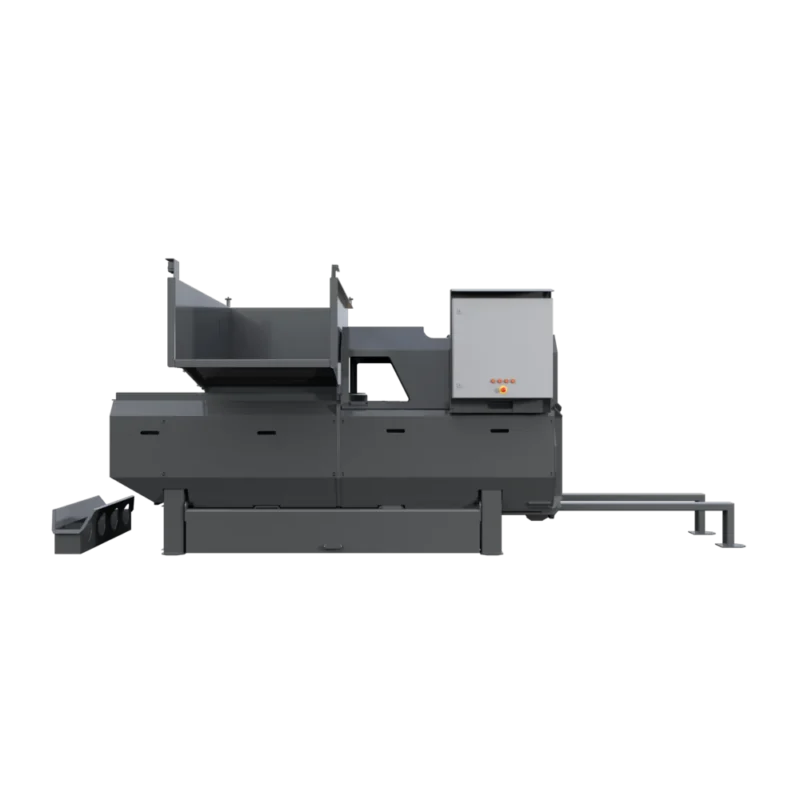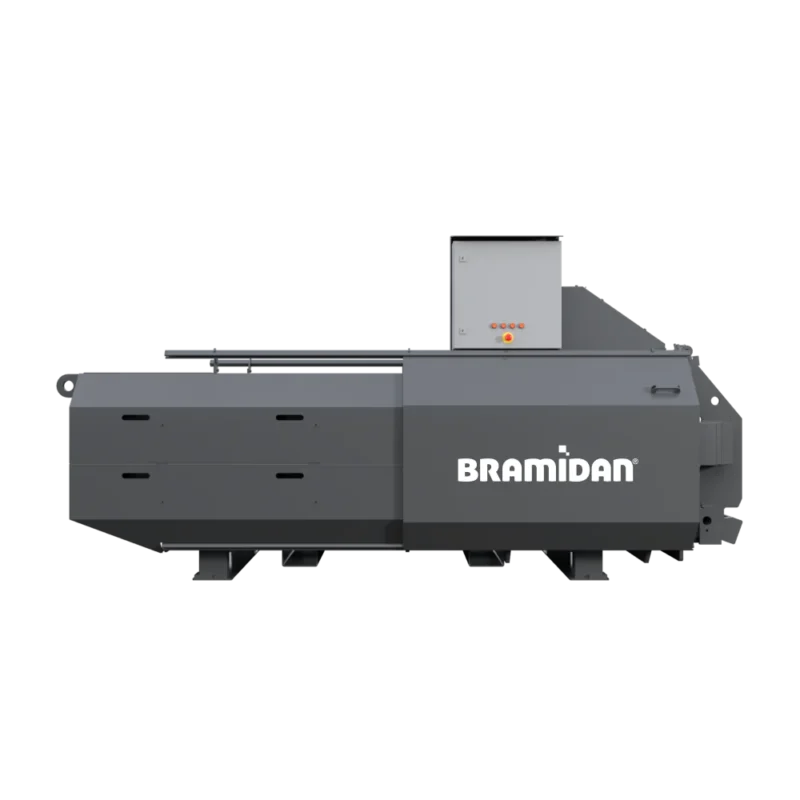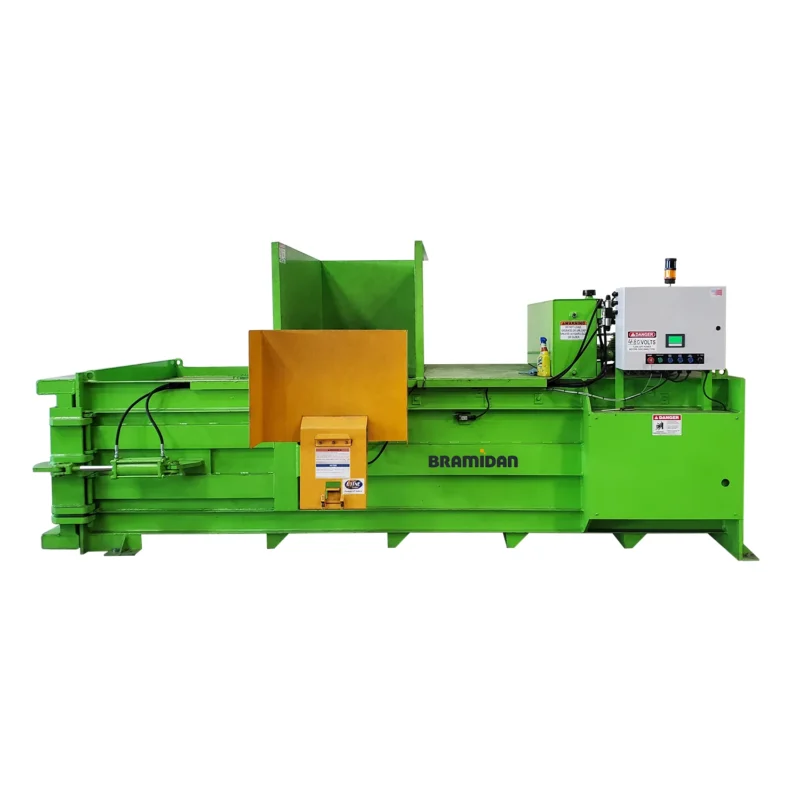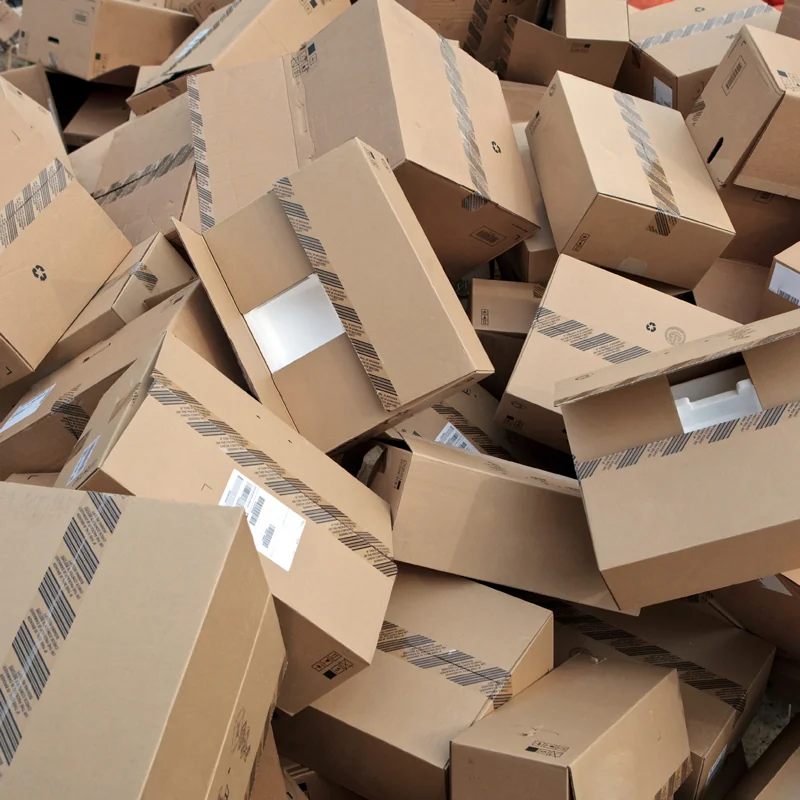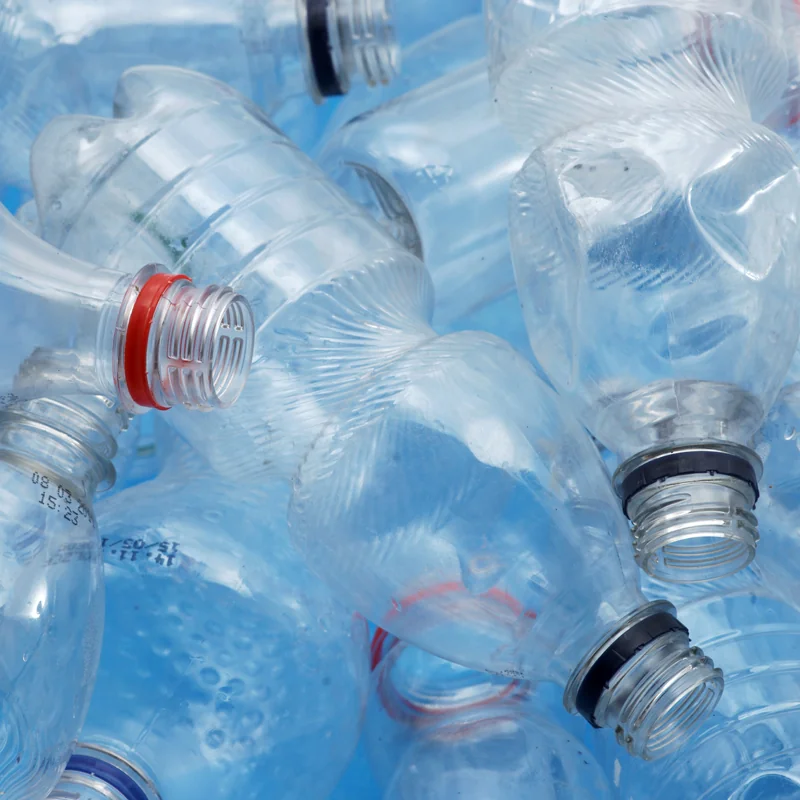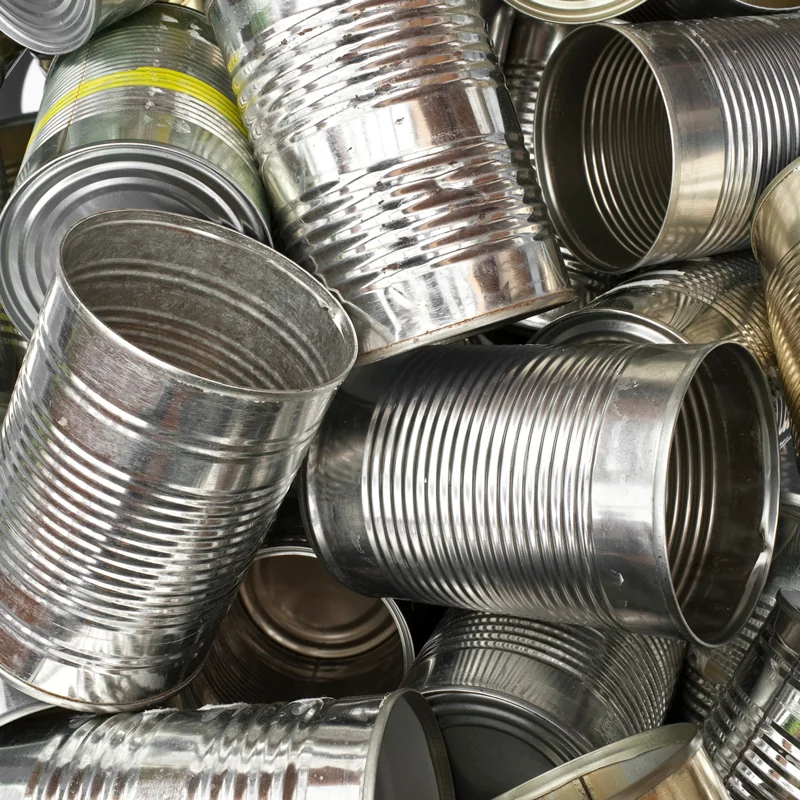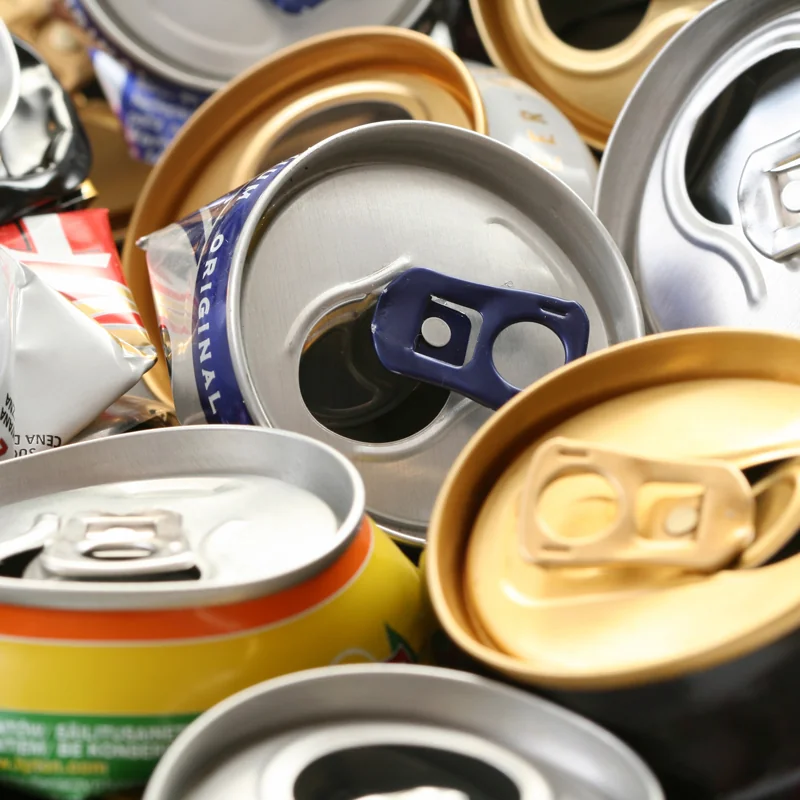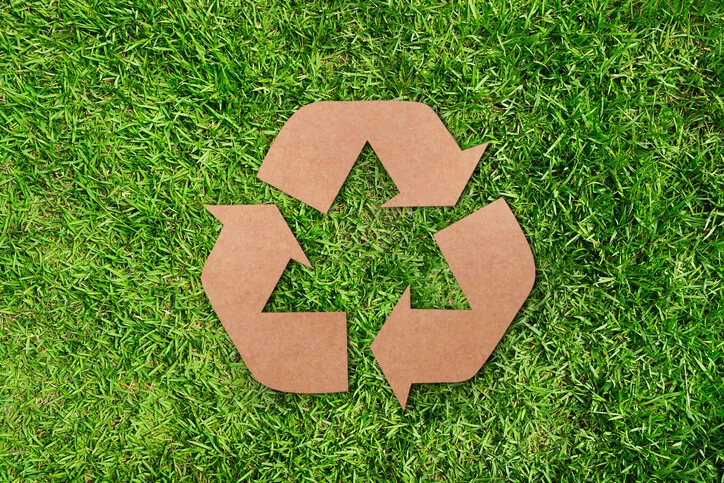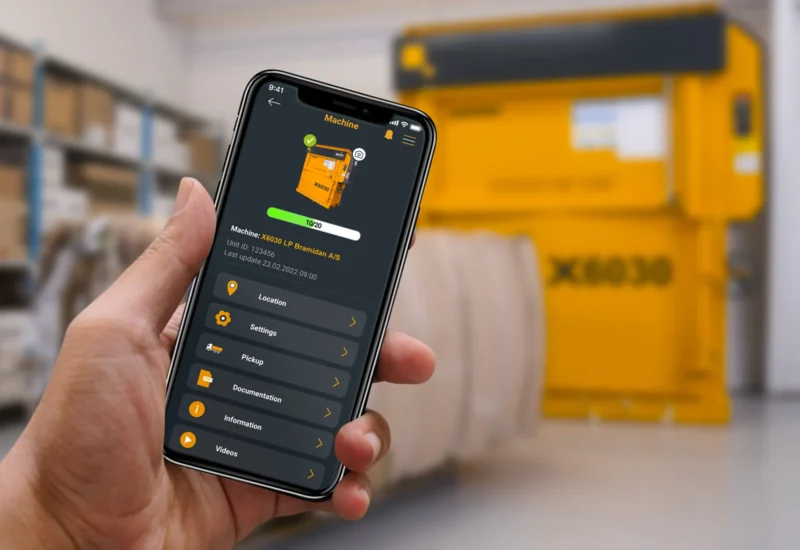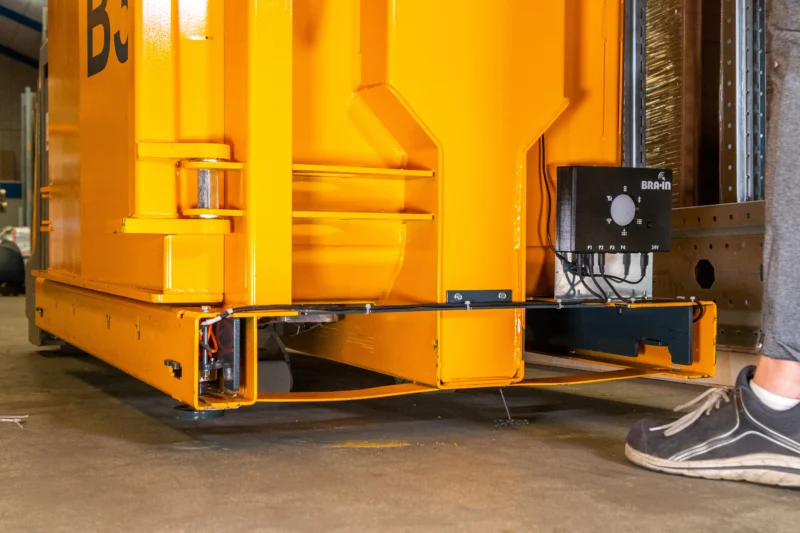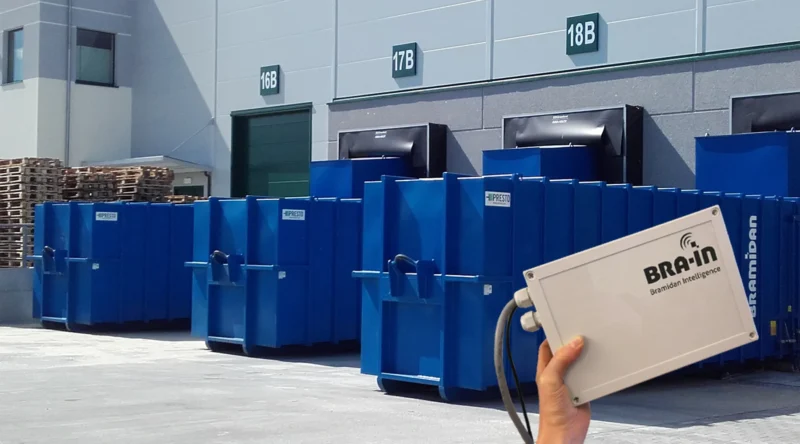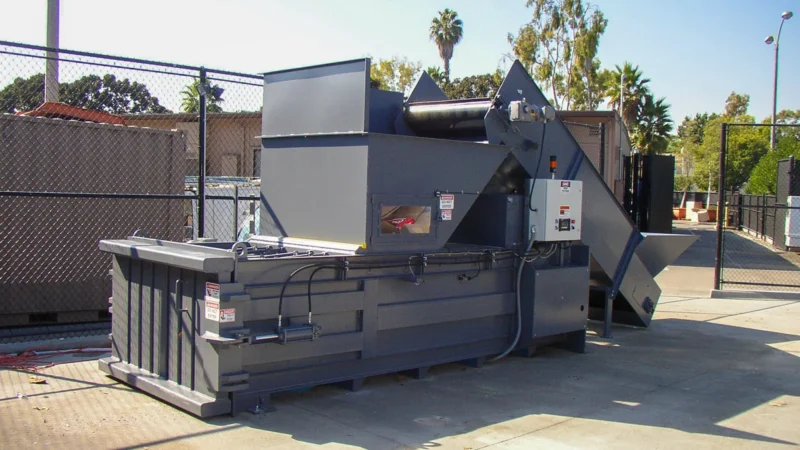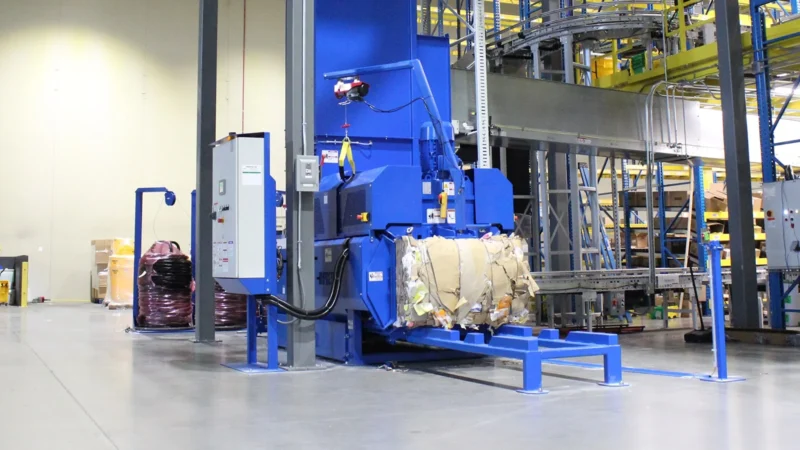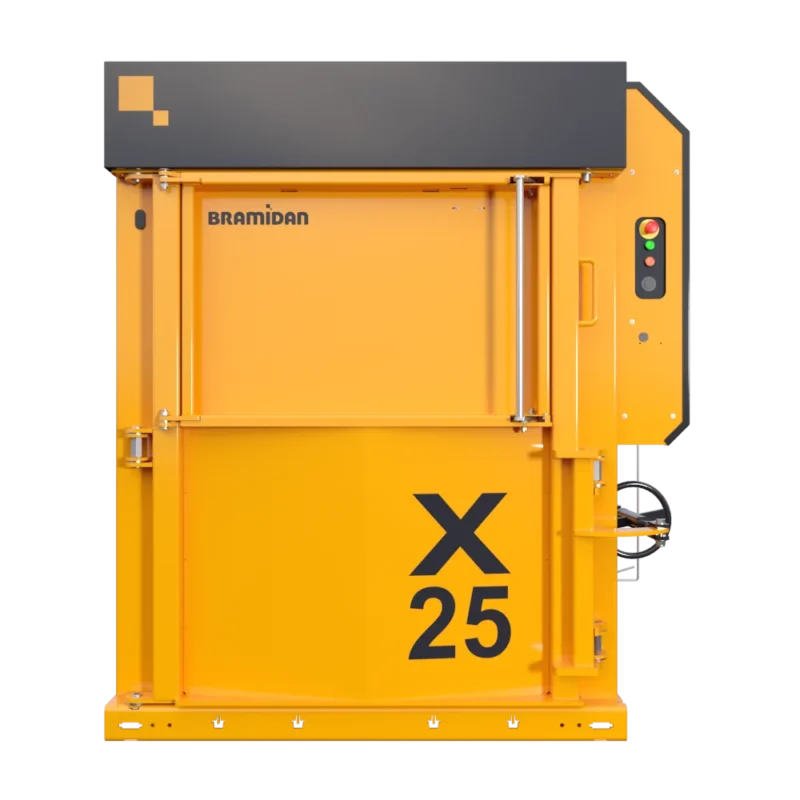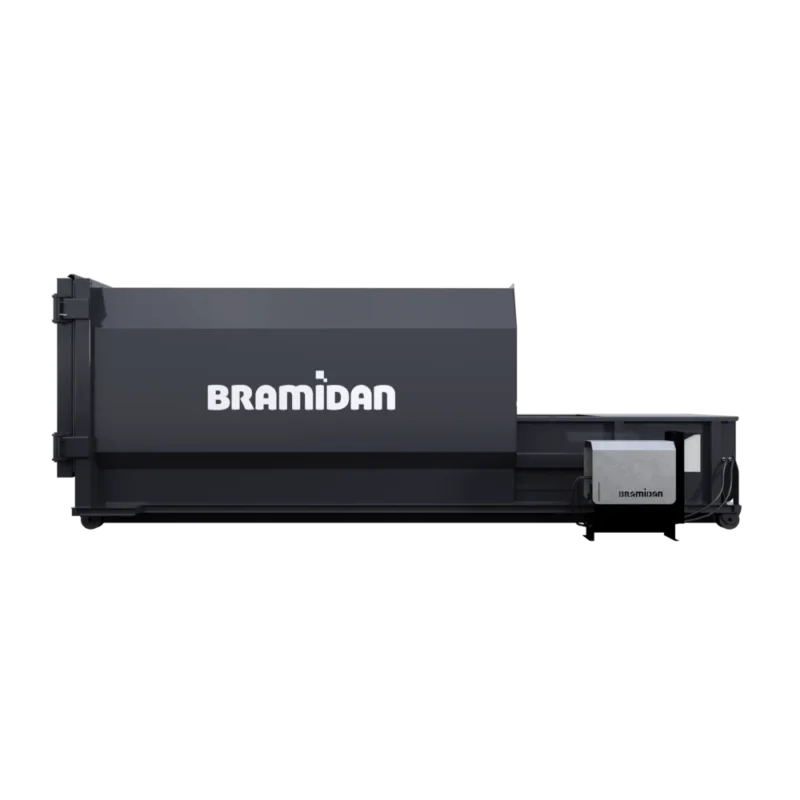Horizontal Balers

Horizontal Baler for Large Waste Volumes – High Capacity, Low Resource Consumption
The machine quickly and efficiently compresses high volumes of materials such as cardboard, plastic, cans, and industrial waste – forming dense, uniform bales that are easy to handle, store, and transport.
When waste volumes exceed the capacity of a vertical baler, a horizontal model is often the obvious choice. For daily amounts exceeding 2 tons – especially where waste is fed into the machine via conveyor belt, tipping wagon, or other automated solutions – a horizontal baler offers significant advantages.
Although these machines require more space, investment, and training than vertical models, they significantly reduce manual labor, streamline operations, and contribute to more efficient and organized waste handling.
Our Models of Horizontal Balers
CC40 Auto-Tie Baler
CC50 Manual-Tie Baler
Benefits of a Horizontal Baler
- Optimized space utilization: By compressing the waste into compact, uniform bales, significant space is freed up in storage areas and on ramps. This provides more room for operations and logistics.
- Time-saving operation: Automatic feeding via conveyor belts and short cycle times minimize the need for manual handling. It frees up time and resources for other tasks, increasing overall efficiency.
- Lower transport costs: High compaction reduces the number of collections and transport trips. This results in noticeable savings in both logistics and waste disposal.
- Improved working environment: Automation and reduced handling of loose waste create more orderly conditions, fewer heavy lifts, and less clutter – benefiting both safety and well-being.
- Easy integration: The machine can easily be adapted to your existing waste flow and placed against a wall, in production areas, or in combination with other equipment – without the need for major structural changes.
- Stable and consistent bale quality: The horizontal balers produce bales with high density and uniform size. This makes them easy to stack, store, and handle – while also increasing their resale value for recycling.
Compact Different Fractions of Waste
Our horizontal balers are designed to handle large and demanding waste streams and reduce the volume of a wide range of recyclable materials.
See the overview below and find the solution that fits your company’s needs.
Why Choose a Horizontal Baler from Bramidan?
When you choose a horizontal baler from Bramidan, you get a thoroughly tested solution with high performance and long service life. Our machines are built for demanding operating conditions and ensure efficient compaction of large waste streams – day after day, year after year.
All models are equipped with advanced safety features and naturally comply with current European standards. The high compaction ratio and the dense, uniform bales help maximize the resale value of materials and make your waste handling more profitable.
Check Out How Our Horizontal Balers Work
Our horizontal balers are easy to operate and require only minimal manual effort. In the videos below, you’ll get a quick look at how the machine works in practice.
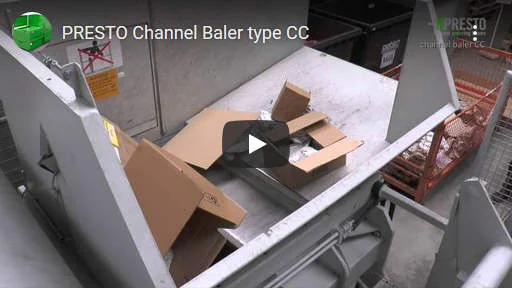
Watch how our CC50 & CC40 balers works
The CC50 has a manual-tie and built-in tipping system, while the CC40 model, has a fully-automatic bale ejection system. Both machines handle large waste volumes with ease.
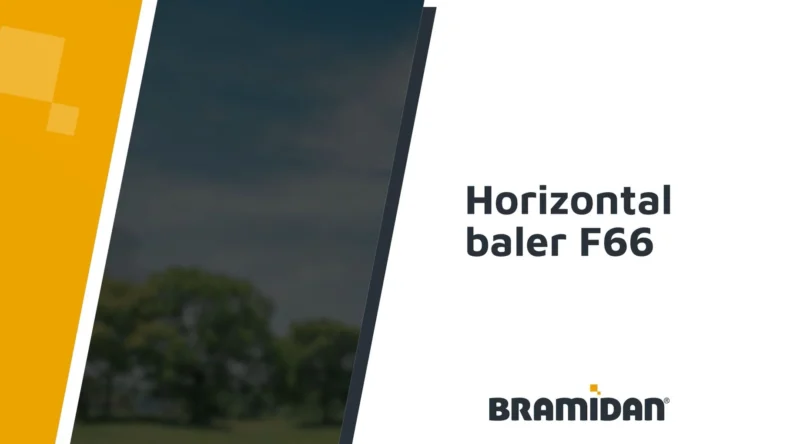
Watch how our F66 Closed Door Baler work
The F66 closed door baler is a multi-material heavy duty, full penetration closed door baler. Bales are tied manually.
Monitor and Optimize with BRA-IN
With real-time data and automated notifications, you can make better decisions, cut operational costs, and document your sustainability efforts.
BRA-IN stands for Bramidan Intelligence and connects your equipment directly to an easy-to-use platform – letting you track fill levels, optimize pickups, and schedule maintenance – all in one seamless solution.
Combine our BRA-IN services to fit your needs
BRA-IN Optimize
BRA-IN ECOSystem
BRA-IN Modem
BRA-IN Webportal
BRA-IN App
BRA-IN Weight
BRA-IN Link
Find the Right Horizontal Baler for Your Business
The right choice of horizontal baler depends on several factors – including the amount and type of waste, the physical space available, and the level of automation in your operations. At Bramidan, we offer a wide range of horizontal balers that can be tailored to both current and future needs.
Our machines are designed to efficiently handle large volumes of waste – and can be integrated directly into existing waste flows, for example via conveyor belts or tipping containers. If you have limited space or want the option to expand later, we can advise you on the most flexible solution.
Get a non-binding consultation with one of our advisors so we can find the ideal solution for your company’s needs together.
Prices, Features, and Service Agreements
Prices depend on capacity, features, and the type of service agreement. We’ll help you find the right model at the best price.
Single-Ram or Two-Ram Horizontal Baler?
Guide: Horizontal Balers – Closed vs. Open-End
Alternatives to a Horizontal Baler
Compact and Flexible
- Suitable for small amounts of waste and limited space
- Efficiently compresses cardboard, paper, plastic, and other recyclable materials
- Produces dense, manageable bales with good resale value
- Easy to operate – requires minimal training and manual effort
- Can be placed close to where the waste is generated
- Does not require permanent installation and is easy to move as needed
For Residual and Mixed Waste
- Optimal for businesses with large amounts of waste
- Suitable for residual waste, wet waste, and organic materials
- Reduces volume by up to 85%, directly in the container
- Available as both mobile and stationary solutions
- Requires minimal manual handling Perfect for businesses where waste does not need to be baled, but simply collected in a container
Most Common Questions & Answers
The size of the bales depends on the channel baler. Have look at the product specifications here. Bale weights vary depending on channel baler model and material. Expect bale weights between 440 and 660 lbs in the smallest model and 770 and 990 lbs in the largest model.
In general, plastic gives the heaviest bales and cardboard and paper the lightest bales.
Vertical balers are compact, cost-effective, and well-suited for manual workflows and moderate volumes of waste such as cardboard and plastic. They compress material from the top down and take up minimal space, making them easier to place and install—especially in smaller businesses or locations with limited room.
Horizontal balers are designed to handle larger volumes of waste and offer a higher degree of automation. They compress material from the side and can be integrated with conveyors, shredders, and other automated systems. This reduces the need for manual labor and increases operational efficiency. However, they require more space and a higher investment.
The horizontal baler can be placed both indoors and outdoors. The machine requires a solid foundation e.g. concrete or pavement that can support the weight.
If you place the baler outside, we recommend that you place it under a roof to protect it from wear and tear.
Our sales consultant will help you identify the best place to install your baler.
The type of waste handling equipment you need depends on a number of different factors: The amount of waste you generate on a daily basis, as well as the waste type. Another factor to consider is the amount of space you have in your facility.
The right waste solution should be tailored to your company’s structure and internal work processes to ensure a perfect fit.
A member of our sales team can assist you in making the right decision.
Questions? Contact Us Today




